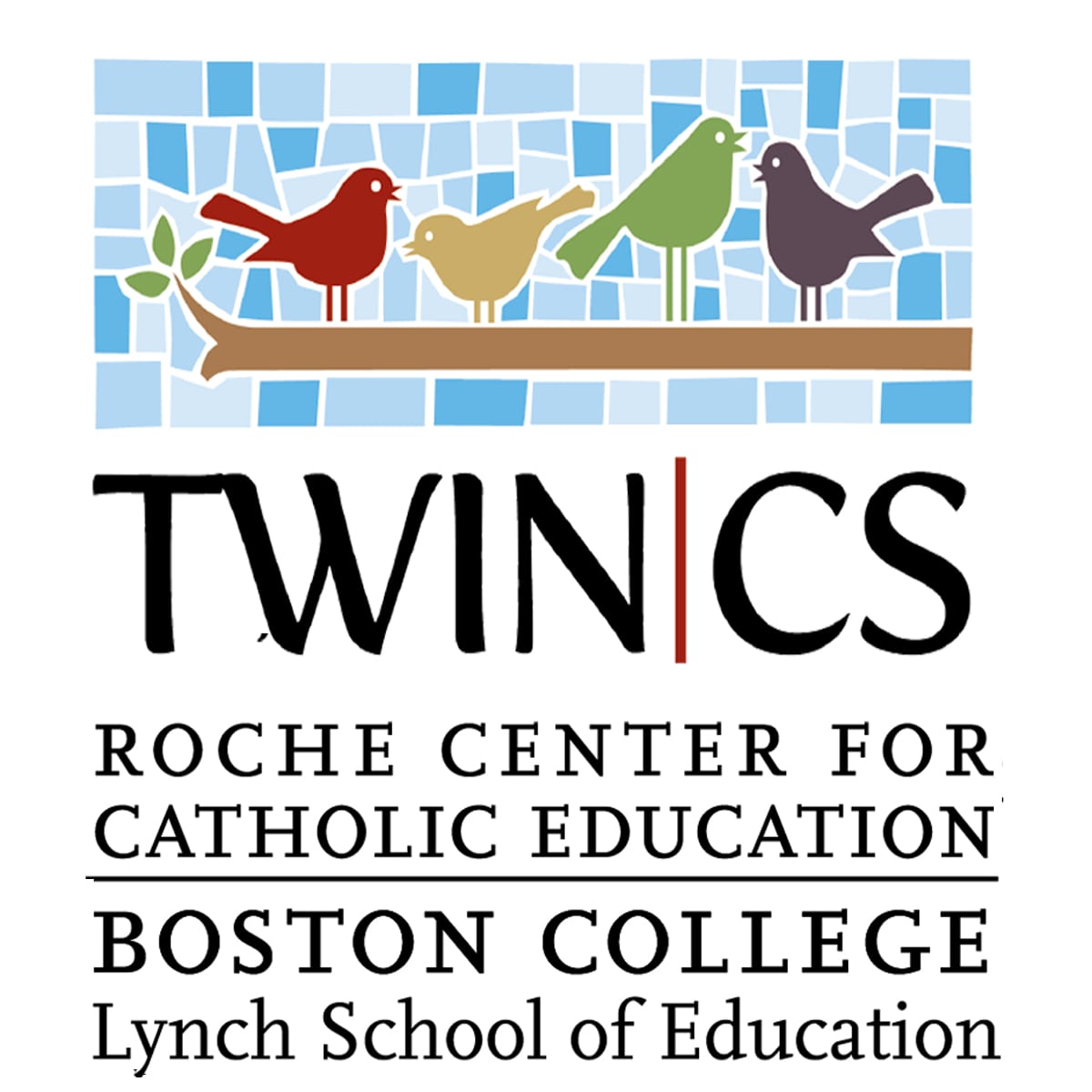Journalist Conor P. Williams discusses how school districts are utilizing advantages English Language Learners (ELLs) bring to the classroom a recent Edutopia article.
As the article explains, many U.S. school districts have been “scrambling for ways to meet the needs of ELLs,” since this population totals “nearly 5 million U.S. students—an increase of over 1 million since 2000.” For some time, ELLs were considered to be financially draining for school districts, often requiring “remedial support and additional staffing,” however, school districts are learning to recognize the benefits of having bilingual speakers in their schools.
This changed perspective has seen the development of dual language immersion programs nationwide:
“Utah and Delaware have recently launched statewide dual language initiatives, as have larger urban communities in New York City and Portland, Oregon, and smaller cities like Elgin, Illinois, and Kalamazoo, Michigan.
Such dual language programs are already seeing exceptional results. A study of Portland’s program has shown that their dual language student population has much higher reading scores than their English-only counterparts; Bethesda elementary school records higher academic growth than 91% of other schools in Georgia.
The article lists other school districts and their success with local dual language immersion programs in terms of academic excellence. As many dual language educators are aware, the benefits of bilingual education are immense including “[sharpened] student focus and [boosted] working memory and reading comprehension,” for all students and is an effective way “for English learners to develop their language and academic skills…[as well as] helps native English speakers and English learners improve their communication skills, empathy, and cultural awareness.”
Because of the academic, social, and emotional success of these programs, parents are supportive of continued dual language growth. The article continues to discuss how dual language programs are started and how these programs are changing the “national narrative” of multilingualism.
-Melissa Hoppie, Graduate Research Assistant

